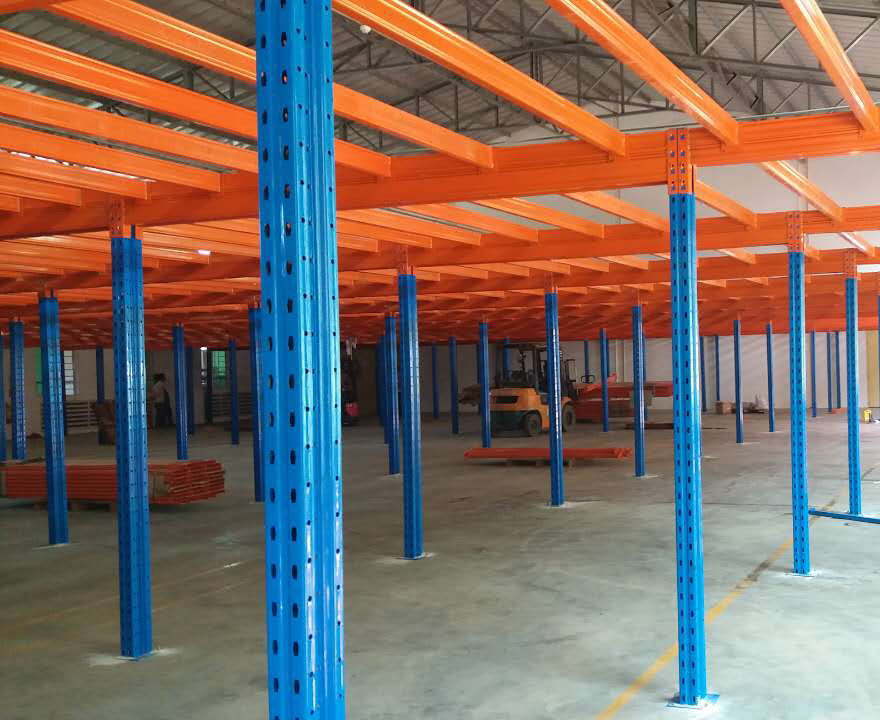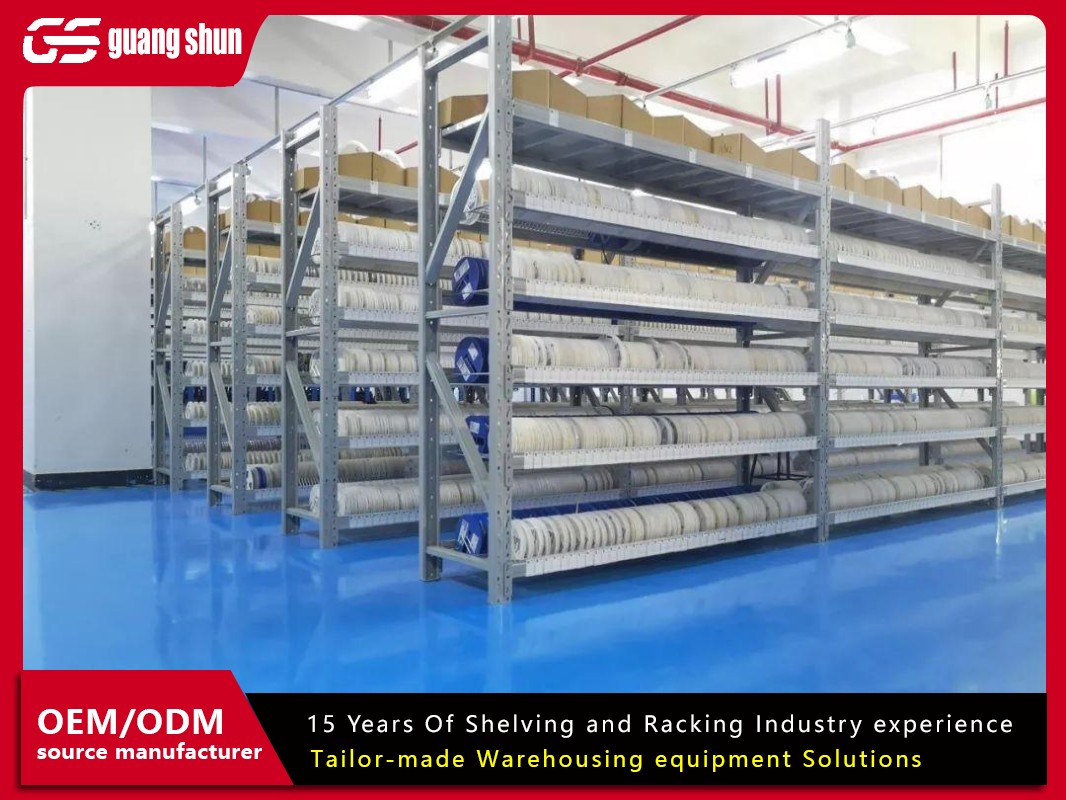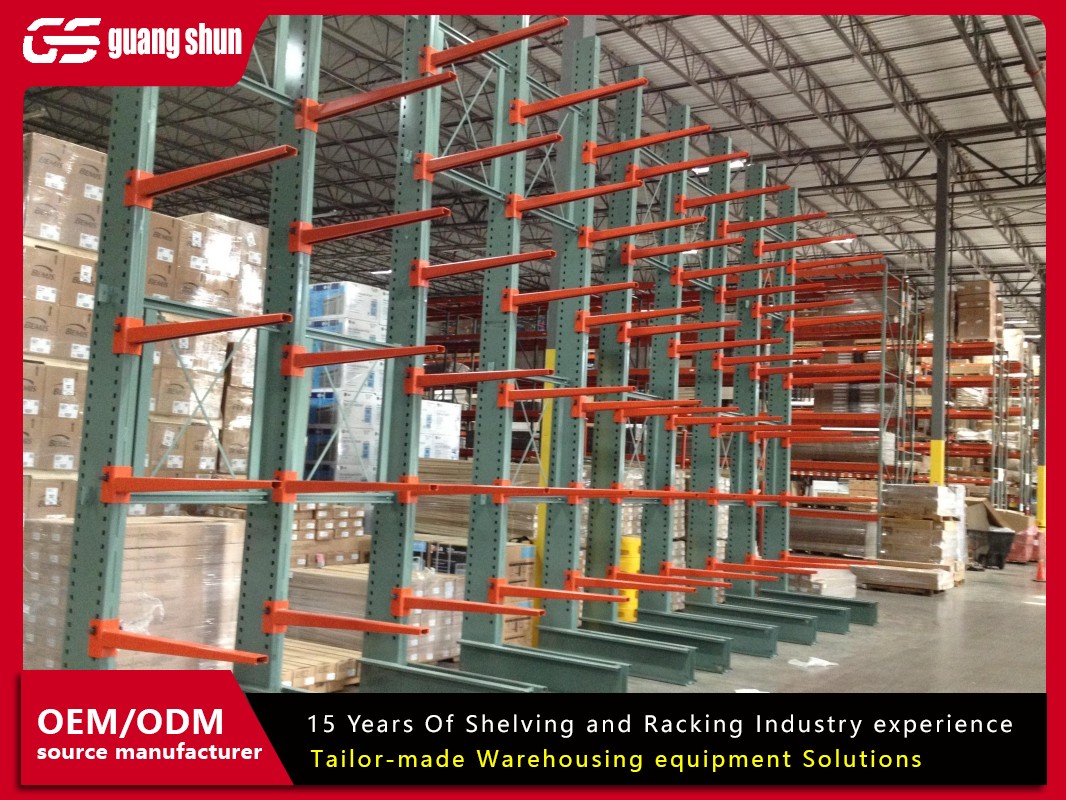If you're managing a warehouse, a manufacturing facility, or even a commercial archive, you've likely hit a common wall: you're running out of space. Expanding your building is a massive capital expense, and traditional static shelving often wastes the most valuable asset you have—the air between aisles. This is where the search for a smarter solution begins, and it frequently leads to one compelling answer: rolling rack storage systems.
But what exactly are they, and could they be the efficiency boost your operation needs? This article cuts through the hype to give you a clear, practical look at how these systems work, their benefits, and the key factors to consider before investing.

The Space-Saving Magic: How Rolling Rack Storage Works
At its core, a rolling rack storage system is deceptively simple. Imagine a series of standard storage racks placed on heavy-duty carriages that glide along rails embedded in the floor. Instead of having a permanent aisle between every single row of racks, you only need one access aisle at a time.
When an operator needs to access a specific product, they simply turn a handle, crank a wheel, or (in more advanced models) push a button. The racks slide smoothly along the rails, creating an aisle exactly where it's needed. This ingenious mechanism effectively eliminates multiple fixed aisles, consolidating wasted walking space into dense, accessible storage.
This principle is often called "high-density mobile storage." It’s a transformative approach to warehouse layout, turning what was once empty floor into productive storage cubic footage.
Not all mobile storage rack systems are created equal. The right choice depends on the weight of your inventory, your frequency of access, and your budget. They generally fall into three categories:
Manual Systems: Operated by a hand crank or a mechanical assist wheel, these are the most economical option. They are best suited for areas with lower access frequency and where loads, while potentially heavy, are manageable enough that the physical effort of moving the racks is not a burden on staff.
Mechanical Assist Systems: This category offers a middle ground. They use a gear reduction system to make moving heavily laden racks significantly easier. A single person can move many tons of stored goods with minimal effort, making this a popular choice for a wide range of industrial applications.
Electrically Powered Systems: For the heaviest loads, largest systems, or environments where speed and ease of access are critical, electrically powered rolling rack storage is the answer. Operated by push-button or remote control, these systems move entire rows of racks with minimal operator effort. They often include safety features like infrared sensors and automatic safety brakes.
Where Do Rolling Rack Systems Deliver the Most Value?
The application of industrial rolling rack storage is vast. You'll find them revolutionizing storage in:
Warehouses and Distribution Centers: Perfect for storing slower-moving SKUs, archival documents, or seasonal items that don't require constant picking but must be kept accessible.
Manufacturing Plants: Ideal for storing raw materials, work-in-progress items, and tooling, freeing up valuable floor space on the production line.
Libraries and Archives: A classic application, allowing institutions to store vast collections of books, records, and files in a fraction of the space required by static shelving.
Cold Storage Facilities: Space is exceptionally expensive in freezer and cooler warehouses. By minimizing aisle space, rolling rack storage systems drastically increase storage capacity within a costly climate-controlled envelope, offering a rapid return on investment.
MRO (Maintenance, Repair, and Operations) Stores: Keeping a large inventory of spare parts and tools organized and accessible without consuming the entire maintenance bay.
The Real Cost: Investment vs. Return
When evaluating the cost of a rolling rack storage system, it's crucial to look beyond the initial price tag. While the upfront cost is higher than that of traditional static shelving, the true metric is cost per stored item.
By increasing your storage density by up to 80% or more, you are effectively slashing the real estate cost associated with each pallet, bin, or box. The "cost" of the system is often offset by the avoided cost of not having to lease, build, or acquire additional warehouse space. Furthermore, the gains in operational efficiency—less time spent walking, faster retrieval times—contribute directly to your bottom line. When considering rolling rack storage prices, always frame it as a capital investment in space creation, not just a storage purchase.

A Practical Guide to Choosing Your System
Making the right choice requires a clear-eyed assessment of your needs. Before you contact a supplier, ask yourself these questions:
Floor Load Capacity: Can your concrete floor support the immense point loads of a fully laden mobile storage system? A structural engineer may need to be consulted.
Inventory Profile: What is the average weight and size of the items you'll be storing? This determines the required beam and upright capacity.
Access Frequency: How often will you need to access each aisle? High-frequency areas might justify the cost of an electrical system.
Aisle Width: How much space do your operators or equipment (like pallet jacks) need to work safely and efficiently?
Safety Integration: Look for non-negotiable safety features like floor-integrated safety switches, anti-tilt mechanisms, and photoelectric sensors, especially in powered systems.
A reputable supplier will help you navigate these questions, but walking in with this information will make the process much smoother.
Installation and Long-Term Considerations
Installing a rolling rack storage system is more complex than setting up static shelving. It requires precise floor preparation, rail installation, and leveling. It's a job for professionals. Once installed, however, maintenance is typically minimal. Regular checks should include inspecting the rails for debris, checking that locking mechanisms engage properly, and ensuring all moving parts are in good working order.
Rolling rack storage systems are not a one-size-fits-all solution, but for operations constrained by space and seeking greater efficiency, they are arguably one of the most impactful investments available. They represent a shift from passive storage to active space management. By carefully evaluating your needs, floor conditions, and inventory, you can determine if the significant space gains and operational benefits of a high-density mobile rack system are the right strategic move for your business. The aisle you save might just be the path to your next stage of growth.
Frequently Asked Questions (FAQs) About Rolling Rack Storage Systems
Q1: How much more storage capacity can I actually gain with a rolling rack system?
A1: The capacity increase is substantial. By eliminating multiple fixed aisles, rolling rack storage systems can typically increase your storage capacity by 50% to 80% within the same floor footprint compared to traditional static shelving. The exact figure depends on your previous layout and the size of the aisles you are able to eliminate.
Q2: Are these systems safe? What happens if someone is in the aisle when the racks are moving?
A2: Modern rolling rack storage is engineered with multiple layers of safety. Key features include:
Safety Floors: Pressure-sensitive strips that run the length of the access aisle; stepping on them immediately stops movement.
Anti-Tilt Mechanisms: Prevents the racks from tipping.
Photo-Electric Sensors: Creates an invisible beam across the aisle entrance; breaking the beam prevents movement.
Manual Lockout Keys: For manual systems, ensuring only authorized personnel can operate a specific aisle.
End-of-Aisle Warning Lights and Alarms: Provide visual and audible alerts when the system is in motion.
Q3: Can my existing concrete floor support a heavy-duty rolling rack system?
A3: This is a critical consideration. A fully loaded industrial rolling rack storage system creates a significant point load. It is essential to have a structural engineer assess your floor's load-bearing capacity. In some cases, reinforcement may be needed, or the system design may need to be adjusted to distribute the weight appropriately.
Q4: What is the lead time for manufacturing and installing one of these systems?
A4: Lead times can vary widely based on the system's complexity, size, and the manufacturer's current backlog. For a standard manual or mechanical-assist system, you might expect 6 to 10 weeks for manufacturing and 1 to 2 weeks for installation. Larger, custom, or electrically powered rolling rack storage systems will have longer lead times. It's best to get a detailed project timeline from your supplier.
Q5: We use pallet jacks. Can they be used inside the aisles of a rolling rack system?
A5: Absolutely. This is a common requirement. When designing your system, you must specify the required aisle width to accommodate your material handling equipment. The rails are installed flush with the floor, creating a smooth, level surface for pallet jacks and other equipment to roll over. Proper planning ensures your mobile storage rack system integrates seamlessly with your workflow.







